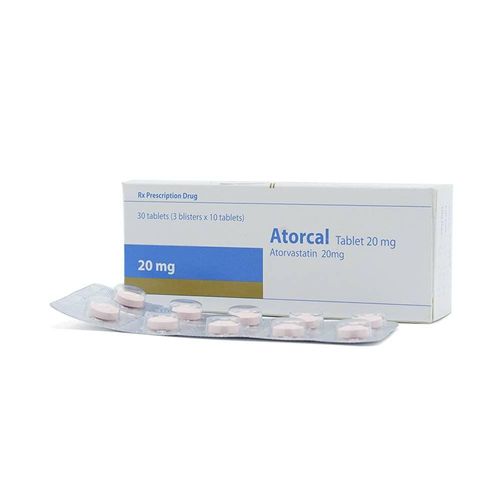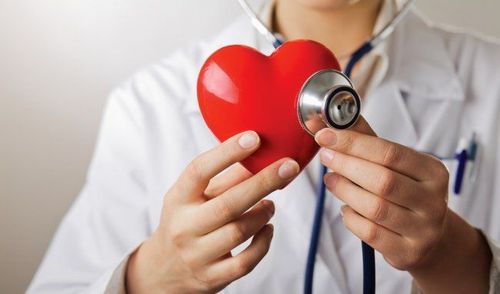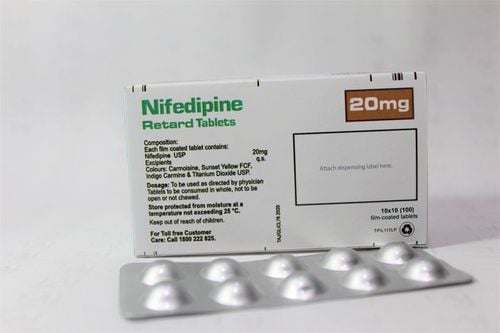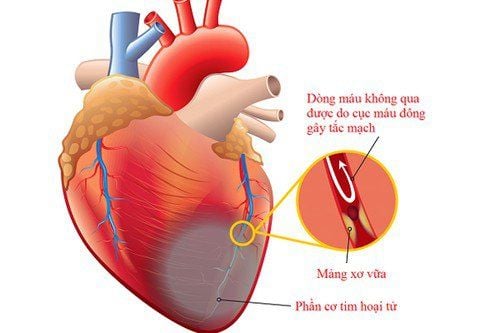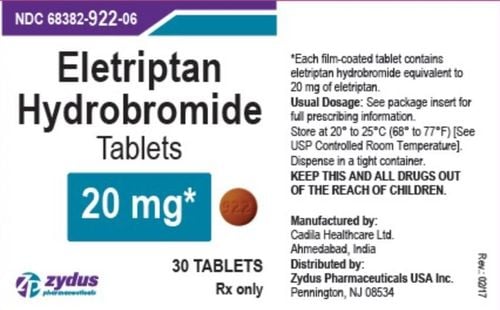This is an automatically translated article.
Cardiovascular rehabilitation is the process of restoring a patient with cardiovascular disease to a maximum level of activity appropriate for his or her cardiovascular function. Cardiovascular rehabilitation at an early stage will help patients recover faster, achieve maximum physical, mental and social conditions, lead an active life.
1. What is Cardiovascular Rehabilitation?
Cardiovascular rehabilitation is the process of restoring a patient with cardiovascular disease to a maximum level of activity appropriate for his or her cardiovascular function. Early cardiovascular rehabilitation will help patients recover faster to achieve maximum physical, mental and social conditions so that patients can strive for a place in the community and move forward. an active life.
The goal of cardiovascular rehabilitation focuses on 4 issues of daily living including:
Physical: guiding the patient to reach the maximum limit in exercise. Social: helping patients reintegrate into life, maximizing the likelihood of returning to hobbies and work. Psychological: reduce anxiety and stress levels, focus on exercise efforts, and avoid negative emotions. Complications prevention helps patients change their risk factors and reinforce exercise to prevent complications. Some patients with coronary heart disease or heart failure or who have had recent coronary bypass surgery may benefit from cardiovascular rehabilitation, especially those who are able to walk and perform vital functions. independently operating on a daily basis prior to the event. Cardiovascular rehabilitation includes exercise, education, and psychosocial supports and can be performed in a clinic or at home. Cardiovascular rehabilitation helps patients improve psychological well-being, reduce mortality by 20-25%, and the rate of re-hospitalization as well as prevention of recurrent cardiovascular events. Improved exercise tolerance and coronary heart disease risk.
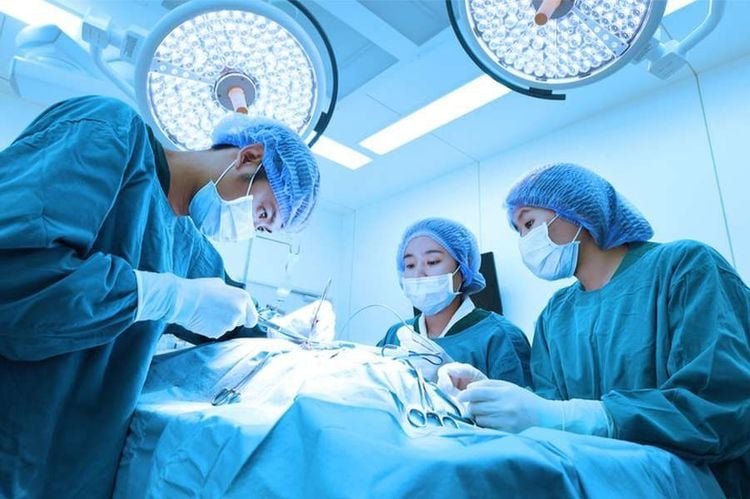
Bệnh nhân đã từng phẫu thuật bắc cầu mạch vành được hưởng lợi từ phục hồi chức năng tim mạch
2. Indications and contraindications of cardiovascular rehabilitation
2.1 Designation
Indications for cardiovascular rehabilitation in the following cases:
Patients after acute coronary syndrome, stable pathology with medical treatment. Stable angina. Patient after coronary artery bypass graft surgery. Patient after percutaneous coronary intervention. Stable chronic heart failure: diastolic or systolic heart failure. Patient after heart transplant. Patient after heart valve surgery. Peripheral vascular disease. Patients with coronary risk factors such as dyslipidemia, type 2 diabetes, hypertension or obesity.
2.2 Contraindications
Contraindicated for cardiovascular rehabilitation in the following cases:
Unstable angina pectoris. Uncontrolled hypertension. Orthostatic hypotension with hypotension > 20 mmHg and associated symptoms. Severe aortic stenosis (valve opening area <1.0cm2) Uncontrolled atrial or ventricular arrhythmias. Uncontrolled sinus tachycardia ≥ 120 beats/min. Decompensated heart failure Third degree atrioventricular block without a pacemaker. Acute myocarditis or acute pericarditis. Recent history of embolism. Acute thrombophlebitis Acute systemic illness or fever. Uncontrolled diabetes. Severe musculoskeletal disease that limits movement Acute metabolic disease such as hypokalemia, acute thyroiditis, hyperkalemia or hypovolemia.
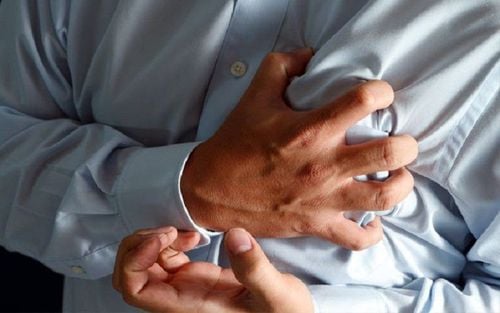
Chống chỉ định phục hồi chức năng tim mạch với trường hợp cơn đau thắt ngực không ổn định
3. When does cardiovascular rehabilitation start?
It is recommended that patients with cardiovascular disease begin a rehabilitation program as soon as possible. The first measures of cardiovascular rehabilitation can be initiated as soon as pain is relieved and dangerous cardiovascular complications are reduced.
The cardiovascular rehabilitation program is divided into 4 stages and depends on the patient's condition:
Phase I: begins while the patient is still in the hospital. Phase II: right after the patient is discharged from the hospital, the patient is treated as an outpatient at rehabilitation centers. Phases III and IV: a long-term maintenance program in a rehabilitation center or at home and requires ongoing monitoring. Form exercise habits for patients, while educating about nutrition, lifestyle and proper weight maintenance. For each week of delay, additional months are needed to achieve the same results. Therefore, to restore cardiovascular function as soon as possible, it is necessary to encourage and motivate patients to participate. The goals of early cardiovascular rehabilitation include:
Prevention of complications of limited mobility The patient understands the risk factors, the next treatment plan. Psychological support, prevention of anxiety disorders or depression.
4. Early stage cardiovascular rehabilitation exercise program
To develop an exercise program for the patient, the doctor needs to evaluate the cardiovascular function, the time to start the program may change depending on the patient's condition. Typically, a rehabilitation program begins with a mild intensity and is then gradually increased depending on the individual, the patient's condition is often monitored by electrocardiogram. High-risk patients should exercise only in a fully equipped cardiovascular rehabilitation facility and under the supervision of trained medical personnel or caregivers. Besides, it is necessary to closely coordinate between cardiologists and rehabilitation doctors and technicians. Programs designed for early cardiovascular rehabilitation include:
Use of non-exertional exercise. Sit on a bed with or without back support, sitting on your own or with assistance. Exercise according to the range of motion. Simple self-care activities such as personal hygiene, shaving, etc. Walk gradually and limit climbing stairs During cardiovascular rehabilitation exercise, many patients do not have the habit or do not regularly when participating in the program and bored when exercising. Therefore, it is necessary to monitor the patient's exercise regularly to avoid interruption of the recovery process.
In a nutshell, cardiovascular rehabilitation is all the methods used to help a cardiovascular patient recover and achieve maximum activity levels appropriate to his or her cardiovascular function, while preventing cardiovascular disease. prevent disease recurrence. Cardiovascular rehabilitation at an early stage will help patients recover faster, achieve maximum physical, mental and social conditions, lead an active life.
Please dial HOTLINE for more information or register for an appointment HERE. Download MyVinmec app to make appointments faster and to manage your bookings easily.




